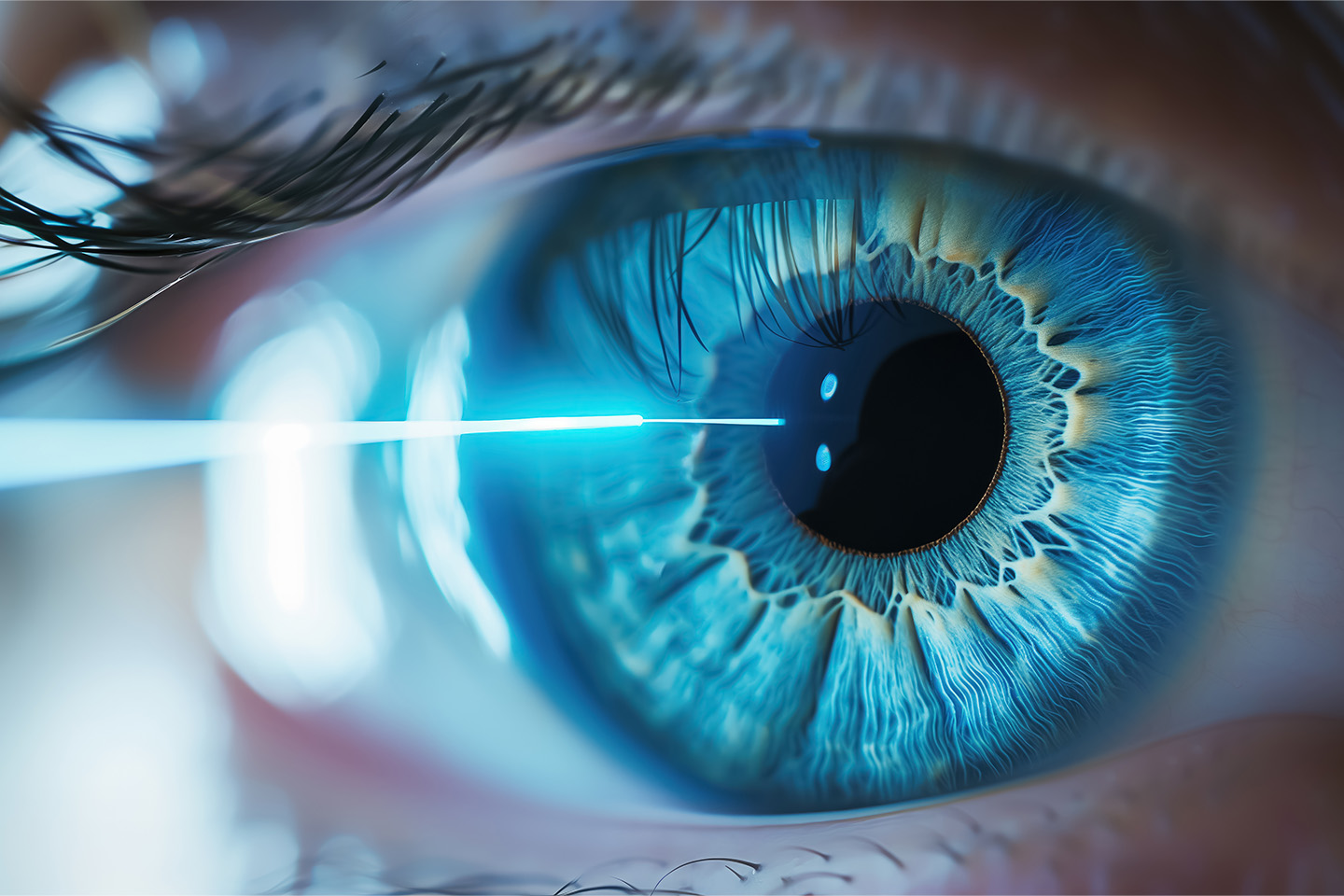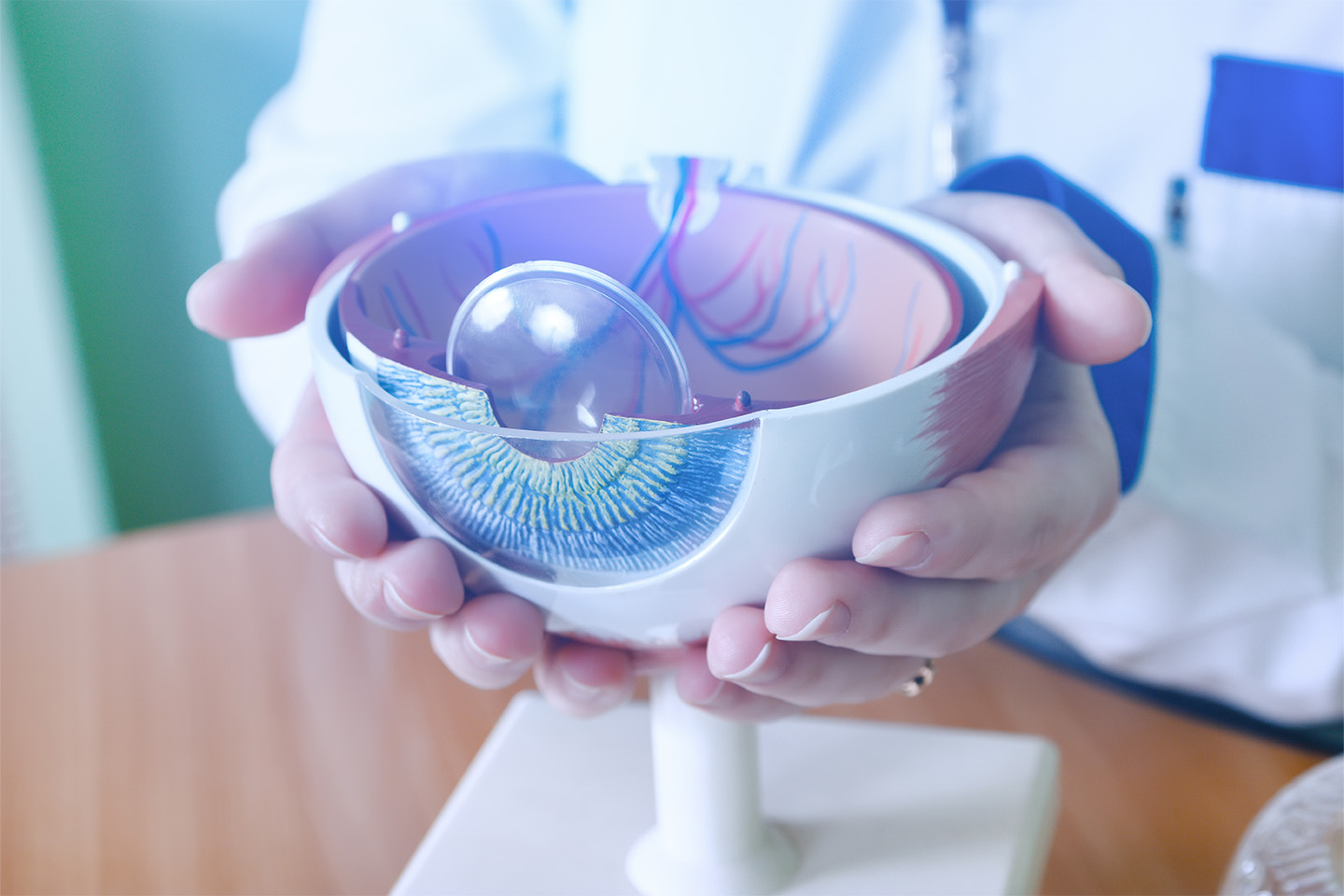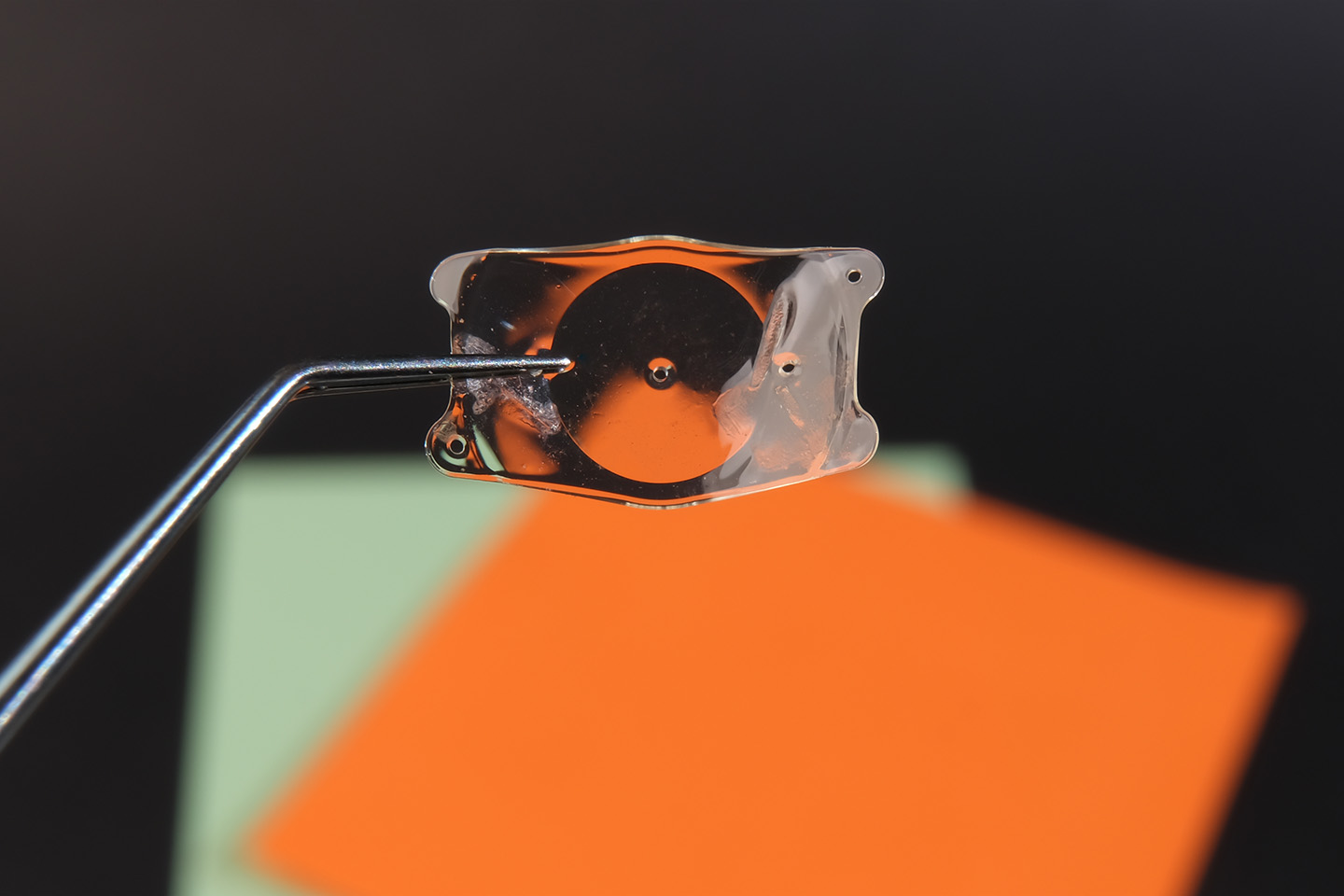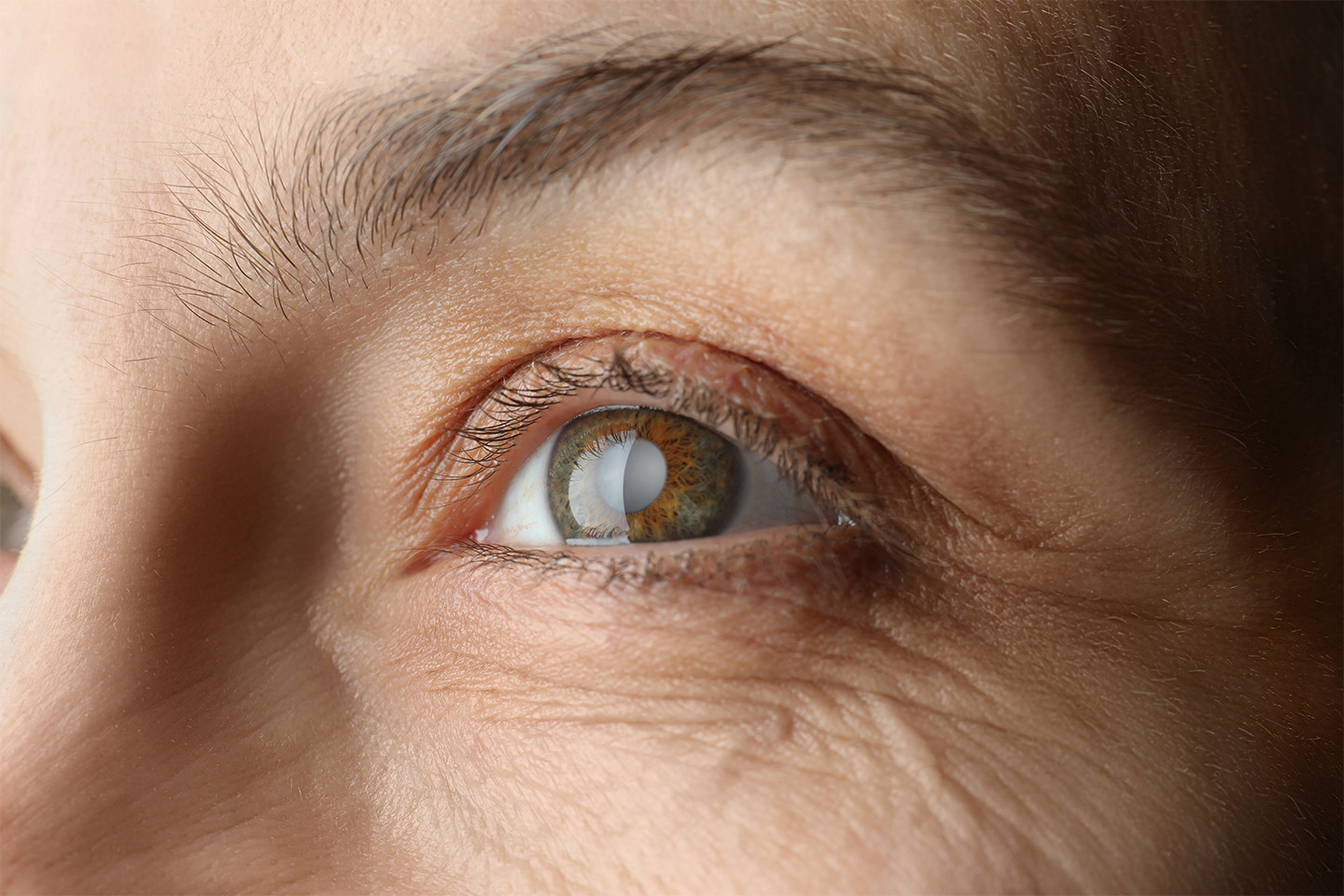5 Advancements in Eye Care Technology

As technology and science continue advancing, these new methods and equipment are trickling into all aspects of health care, including eye care! And while in the past, the options for restoring vision or detecting certain eye diseases may have been limited – now, the possibilities are limitless. Continue reading for the latest breakthroughs and advancements in eye care and to see what may be on the horizon for the coming years.
1. Mobile Eye Care Technology
2020 brought about great innovations for connecting people thousands of miles apart, especially regarding eye doctor visits. The technology for at-home eye exams had already been emerging, but the developmental boosts and refinement spurred by the pandemic has made virtual eye exams more efficient and accurate than before. So much so, that these handheld devices may even begin to replace some of the in-office equipment you’ve come to know. Though this presents more options during the pandemic, the best quality eye examinations are still those that are conducted in the office.
2. Smart Contacts
Contacts aren’t what they used to be. These soft-lens corrective eyewear can now treat certain eye conditions, as well as microscopic technology that tracks the development and progression of diseases. Each variety offers targeted benefits, including: • Slowing nearsightedness in adolescents • Transition lenses to shield the eyes in bright light • Magnification of images for those with low vision • Aid inelivery of glaucoma medications • Monitoring corneal shape, intraocular pressure changes (FDA-approved in 2016), glucose levels in tear fluid, temperature. Please note that many of these “smart contacts” are in their infancy and are not yet available for commercial use. Even companies like Samsung are creating smart contacts for recreational purposes that would zoom, record and capture pictures – although, it may take years for these to come to market.
3. Robot-Assisted Surgery
Robots are not new to the surgical scene. Nonetheless, they’ve recently made huge leaps that may allow for their use in complex microsurgeries inside the eye. This feature is especially beneficial in procedures involving delicate structures like the retina with minimal space to navigate. Robotic surgery not only enhances precision, but it also increases the scale of motion and improves sensory feedback available to surgeons. Robotics can function in tandem with the surgeon or alone with their supervision; however, only trial operations have been conducted for the latter scenario. Previously, procedures would be conducted using delicate handheld instruments and could easily be impacted by a trembling hand, leaving higher chances for errors.
4. Retinal Prosthesis (Bionic Eyes)
Currently, there’s only one form of bionic eye commercially available, the Argus II – approved by the FDA in 2013. This technology helps to restore functional vision (rather than physical or cosmetic vision) only for those with vision loss from retinitis pigmentosa. The setup involves a small camera situated on eyeglasses that send signals to electrodes that are implanted on the retina. The camera then captures images and communicates with the electrodes, which then stimulate the retinal cells to send signals to the optic nerve, and finally are computed by the brain. Because there are only 64 electrodes (where normal vision needs millions of electrodes), these bionic eyes are limited to light, movement and shapes, without color. In early 2020, other companies announced that alternative systems were in the works that could address blindness stemming from additional diseases.
5. PanOptix Lenses
PanOptix Lenses became the first FDA-approved trifocal intraocular lenses (IOL) in 2019. IOLs that replace the natural, clouded lens during cataract surgery are often limiting, only addressing certain visual ranges. However, this advanced implant focuses on three main ranges – near, far and intermediate – which can completely remove the need for corrective eyewear after cataract surgery in Dallas.
Even with all these technological developments, there are still more in the works. For example, Artificial Intelligence may be able to detect wet AMD up to three years before symptoms develop. One thing is certain, Kleiman Evangelista strives to stay on the cutting edge of this new technology, and we’re already using some of the most advanced equipment for LASIK surgery in Dallas. Schedule a free consultation to discover the options available to deliver your best vision!
[DISPLAY_ULTIMATE_SOCIAL_ICONS]








